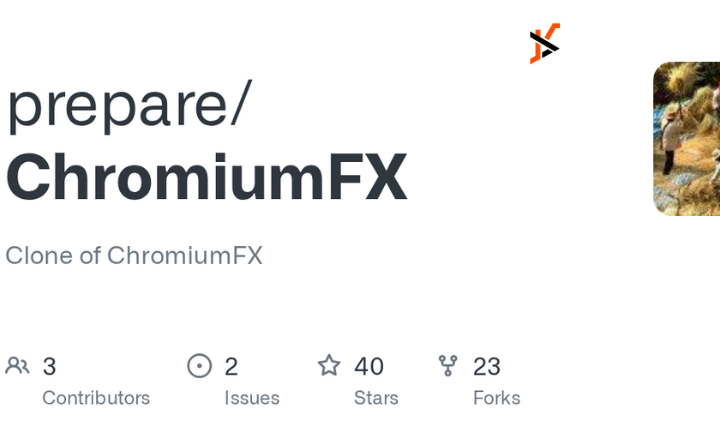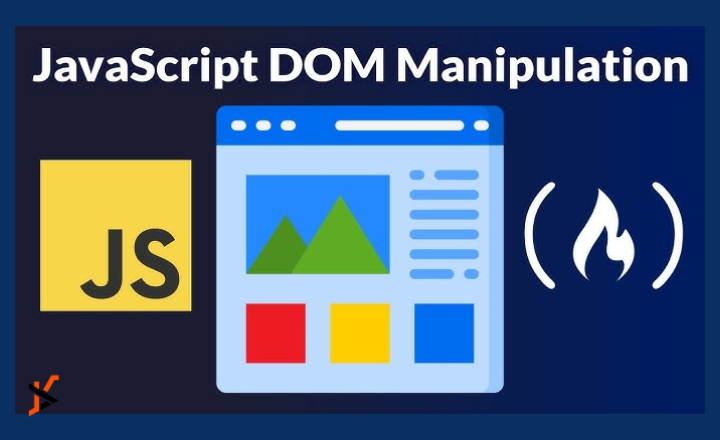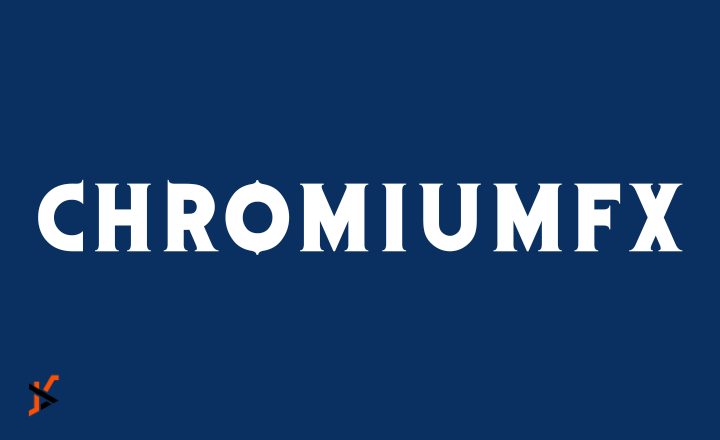ChromiumFX represents a powerful set of .NET bindings specifically designed for the Chromium Embedded Framework, commonly known as CEF. This sophisticated framework enables developers to seamlessly integrate web browser functionality directly into their desktop applications using the .NET platform. ChromiumFX provides managed wrappers for the complete CEF API, along with remote wrappers to access DOM and V8 in the render process from the browser process.
By bridging the gap between native CEF capabilities and the .NET ecosystem, ChromiumFX empowers developers to create rich, web-enabled applications without sacrificing the benefits of managed code. The framework has been particularly valuable for developers who need to embed web content in Windows Forms or WPF applications while maintaining full control over the browsing experience.
The Technical Architecture Behind ChromiumFX
The architecture of ChromiumFX is built on multiple layers that work together to provide comprehensive functionality. At its foundation, the framework implements a full two-way remote procedure call bridge between the render process and browser process, which is crucial for accessing the V8 engine and Document Object Model. This architectural design allows developers to interact with web content from managed code in ways that were previously complex or impossible with other solutions.
The framework utilizes an event-driven model for CEF client callbacks, replacing the traditional handler base class approach with a more intuitive system. This design choice makes the code more maintainable and easier to understand for developers familiar with .NET conventions. The native libcfx library works in conjunction with managed assemblies to provide seamless interoperability between unmanaged CEF code and the .NET runtime environment.
Key Features and Capabilities of ChromiumFX
ChromiumFX comes packed with an impressive array of features that make it stand out among browser embedding solutions. The framework includes a managed wrapper for the complete CEF API, a remote wrapper for full access to DOM and V8 from within the browser process, and a Windows Forms control based on ChromiumFX. The framework supports both 32-bit and 64-bit CEF binaries, providing flexibility for various application requirements.
It implements comprehensive JavaScript integration capabilities, allowing developers to expose .NET objects and functions to JavaScript code running in the browser. The framework also includes built-in features like a find toolbar, custom scheme registration, and extensive event handling for browser lifecycle management. These capabilities enable developers to create sophisticated browser-based applications that feel native while leveraging the power of modern web technologies.
Version Management and Compatibility Considerations
Managing versions and ensuring compatibility is a critical aspect of working with ChromiumFX. ChromiumFX version numbers follow the format X.Y.Z where X is the CEF version (currently 3), Y is the CEF branch, and Z is the ChromiumFX release number for a specific CEF version and branch. The framework implements API compatibility verification at startup by checking the API hash of the loaded libcef.dll file, ensuring that incompatible CEF binaries are detected early in the application lifecycle.

This approach prevents runtime failures and makes debugging significantly easier. The framework maintains a list of compatible CEF versions in the CefVersion.txt file, providing developers with clear guidance on which binary packages to use. It is essential to download matching CEF binary packages from official sources to avoid compatibility issues that could lead to application crashes or unexpected behavior.
Implementing ChromiumFX in Desktop Applications
Integrating ChromiumFX into desktop applications requires careful setup and configuration to ensure optimal performance. Developers need to structure their application layout appropriately, considering whether they are building for 32-bit or 64-bit platforms. The initialization process involves configuring CfxRuntime with appropriate settings and handling both the browser process and render process startup sequences.
The framework provides the ChromiumWebBrowser control for easy integration into Windows Forms applications, offering a familiar control-based approach for UI development. Developers can customize various aspects of the browser including context menus, keyboard shortcuts, and navigation behavior. The remote layer enables direct interaction with JavaScript contexts, allowing for sophisticated integration patterns between .NET code and web content running in the embedded browser.
JavaScript Integration and DOM Manipulation
One of the most powerful aspects of ChromiumFX is its comprehensive JavaScript integration capabilities. The framework allows developers to add .NET objects, functions, and properties to the JavaScript global scope, creating seamless interoperability between managed code and web content. Through the remote wrapper functionality, developers can directly access the Document Object Model and V8 JavaScript engine from the browser process.

This enables scenarios such as programmatic DOM manipulation, executing JavaScript code from .NET, and evaluating JavaScript expressions with results returned to managed code. The framework supports dynamic property handling, allowing applications to respond to JavaScript property access at runtime. This level of integration makes it possible to create hybrid applications where the UI is built with web technologies while core business logic remains in .NET.
Performance Optimization and Best Practices
Optimizing performance when working with ChromiumFX requires understanding both the framework’s architecture and CEF’s multi-process model. The framework implements efficient marshalling between native and managed code, but developers should still be mindful of the frequency and volume of cross-process communication. It is important to minimize unnecessary calls between the browser and render processes, as each interaction involves serialization overhead.
Memory management requires particular attention, especially regarding the lifecycle of CEF objects and their managed wrappers. The framework uses reference counting for many objects, and developers must ensure proper disposal to prevent memory leaks. Additionally, configuring CEF settings appropriately for the application’s specific use case, such as adjusting cache sizes and process limits, can significantly impact overall performance and resource utilization.
Troubleshooting Common ChromiumFX Issues
Working with ChromiumFX can present various challenges that developers need to navigate successfully. The framework implements plausibility checks in the remote layer and faster pipe stream handling for improved reliability. Common issues include compatibility problems between ChromiumFX versions and CEF binaries, which can be resolved by carefully matching version numbers according to documentation.
Threading issues often arise when attempting to access UI elements from CEF callbacks, requiring proper invocation on the UI thread. Developers sometimes encounter problems with JavaScript integration, particularly regarding scope and timing of object availability in the JavaScript context. The framework provides extensive logging capabilities that can help diagnose issues during development. Understanding the multi-process architecture is crucial for troubleshooting, as problems may occur in either the browser process or render process.
Conclusion
ChromiumFX stands as a robust and feature-rich solution for embedding Chromium-based browsing capabilities into .NET desktop applications. Its comprehensive API coverage, powerful remote procedure call system, and sophisticated JavaScript integration make it an excellent choice for developers seeking to leverage web technologies within native applications. While the framework requires careful attention to version management and proper understanding of its multi-process architecture, the benefits it provides in terms of functionality and flexibility are substantial.
Whether building applications that require HTML rendering, need to execute JavaScript code, or want to create hybrid interfaces combining web and native UI elements, ChromiumFX offers the tools necessary for success. As web technologies continue to evolve and desktop applications increasingly incorporate web-based components, frameworks like ChromiumFX become invaluable for bridging these two worlds effectively.

